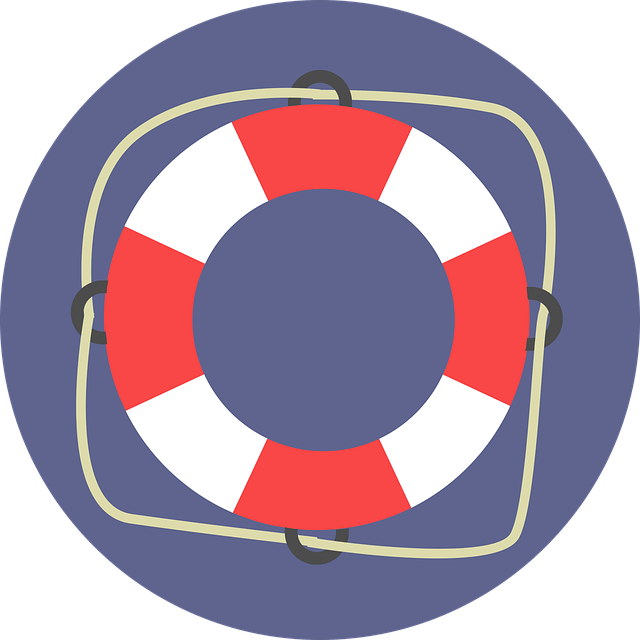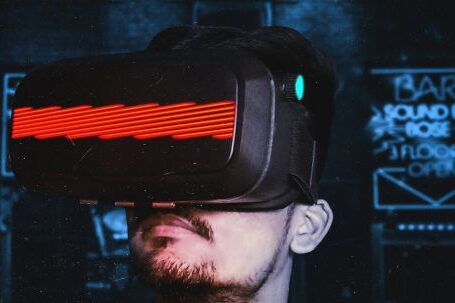Virtual reality (VR) technology has rapidly evolved over the past few years, with applications ranging from gaming to healthcare. One area where VR has the potential to make a significant impact is in education and training. By creating immersive and interactive experiences, virtual reality can revolutionize the way we learn and develop new skills. In this article, we will explore the various ways in which VR can transform education and training.
Enhancing Engagement and Retention
Traditional teaching methods often struggle to capture and maintain students’ attention. However, virtual reality can provide a solution to this problem by creating a highly engaging learning environment. By immersing students in virtual worlds, VR can transport them to different times and places, making learning more exciting and memorable. For example, history lessons can come to life as students explore ancient civilizations or witness important historical events firsthand. This level of engagement can significantly enhance retention and understanding of the subject matter.
Facilitating Experiential Learning
Experiential learning is a powerful teaching method that allows students to learn by doing. However, in some cases, it may be impractical or even dangerous to provide real-world experiences. This is where virtual reality can play a crucial role. By simulating real-life scenarios, VR enables students to gain practical skills in a safe and controlled environment. For instance, medical students can practice complex surgical procedures without the risk of harming patients. Similarly, aspiring pilots can learn to fly aircraft without leaving the classroom. The ability to practice and make mistakes in a virtual setting can greatly enhance the learning process.
Promoting Collaboration and Communication
Collaboration and communication are essential skills in today’s interconnected world. Virtual reality can facilitate these skills by enabling students to interact with each other in a virtual space. Through avatars, students can work together on group projects, solve problems, and even engage in role-playing exercises. This not only enhances collaboration but also promotes the development of interpersonal skills. Moreover, VR can connect students from different geographical locations, allowing them to learn and collaborate with peers from around the world. This opens up new possibilities for cross-cultural learning and global collaboration.
Customizing Learning Experiences
Every student is unique, with different learning styles and preferences. Virtual reality can cater to these individual needs by providing personalized learning experiences. Through adaptive technology, VR can adjust the difficulty level, pace, and content of the learning material to suit each student’s abilities. This ensures that students are challenged enough to learn and progress without feeling overwhelmed or bored. Additionally, VR can provide real-time feedback and assessment, allowing students to track their progress and identify areas for improvement. This level of customization can greatly enhance the effectiveness of education and training.
Conclusion: Unlocking the Potential of VR in Education and Training
Virtual reality has the potential to revolutionize education and training by creating immersive and interactive learning experiences. By enhancing engagement and retention, facilitating experiential learning, promoting collaboration and communication, and customizing learning experiences, VR can transform the way we learn and develop new skills. As technology continues to advance, it is essential for educators and trainers to embrace VR and harness its potential to unlock a new era of education and training.




